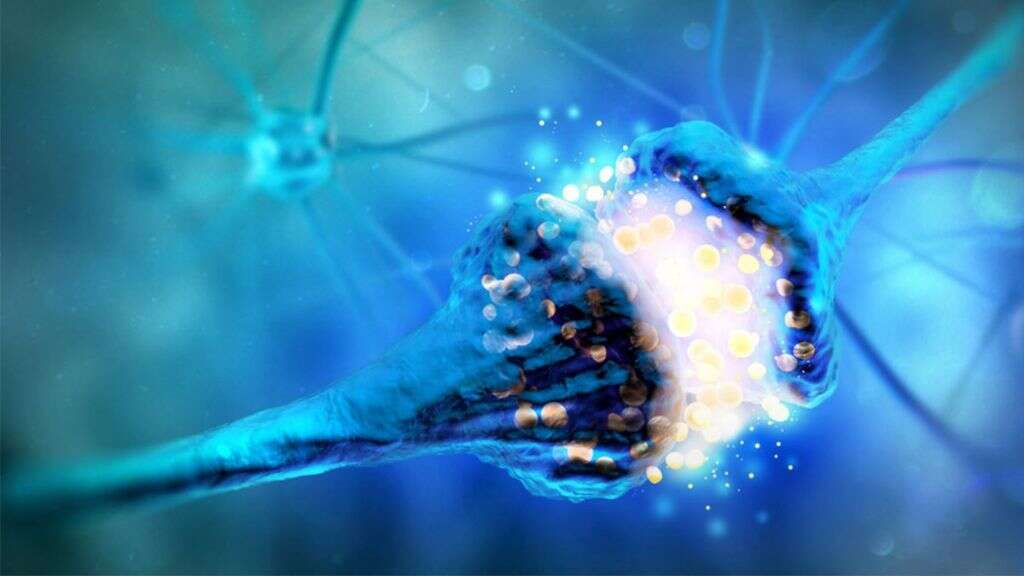What Is Dysthymic Disorder?
Dysthymic disorder is a persistent disorder where an individual experiences depressive thoughts, feelings or episodes for an extended period of time. There are many similarities and differences between these two disorders and other similar depressive episodes. Learn how to identify the signs, symptoms and prevention strategies of this mental disorder to find hope and healing for an individual who may be struggling with this disorder.
It’s important to remember that dysthymic disorder is a serious mental health issue. While the symptoms may not appear as serious as other issues, there are many risks associated with this disorder. Like any mental health disorder, dysthymia can affect individuals in diverse negative ways. Look for the signs of this mental health disorder and don’t hesitate to work with a professional mental health specialist to learn more about a specific situation.

1. What Is Dysthymic Disorder?
Many people with this mental health issue are described as moody, gloomy or otherwise depressed. It’s often characterized as a depressive personality. In general, this disorder must affect individuals for at least two years to be considered a diagnosable case. While there may not be as many symptoms as clinical depression, dysthymic disorder can still leave individuals feeling intense hopelessness and other powerful symptoms.
Dysthymic disorder is also known as persistent depressive disorder or dysthymia. In some cases, individuals experience both dysthymia and clinical depression at the same time. This rare condition can be referred to as double depression. Compare the signs, symptoms and other issues to find out more about treatment options and the outlook for an individual diagnosed with persistent depressive disorder.

2. What Are Common Symptoms?
Typical symptoms are similar to symptoms of major depression and other depressive episodes. Look for signs of hopelessness, lack of energy, difficulty concentrating and avoidance of social situations. Many individuals lose interest in their daily activities and experience intense feelings of emptiness, sadness or irritability. These feelings can present themselves in either reduced energy or increased activity and productivity. In some cases, self-harm, suicidal thoughts or attempted suicide can occur. Not all these symptoms need to be present for an individual to be diagnosed, so be sure to contact a mental health professional if you or someone you know has a few of these symptoms.
The intensity and duration of these symptoms may change over time, but most diagnosed cases experience these symptoms for at least two years. Symptoms typically reoccur in less than two months. Some individuals experience dramatic waves of symptoms, while others experience symptoms for much of the duration of the disorder. Find out when to see a doctor if you believe you or someone else may be experiencing this disorder.

3. When Should Someone See a Doctor?
Many of those with dysthymic disorder believe that these symptoms are simply a part of their personality. It can be difficult to reach out for help when symptoms have occurred for so long. However, it’s important to reach out for medical assistance if you or someone you know is experiencing one or more of these symptoms. Dysthymia can negatively affect an individual’s ability to go to work or engage in social activities.
Work with a mental health professional to discuss options. If you’re reluctant to work with a health care professional, find someone else you trust to encourage you to receive the assistance you need. Explore the diagnostic information in the DSM-5 to determine whether you or a loved one may be diagnosed with dysthymic disorder. There are many related depressive disorders, so a qualified, experienced health care professional is required to diagnose and prescribe treatment options for this disorder.

4. How Is It Diagnosed?
There are a few key factors that need to be present in order to receive a diagnosis for this disorder. Mental health professionals look for direct observations or subjective accounts of depressed moods and other symptoms for at least two years. Adolescents and children should exhibit these moods for at least one year. These symptoms should remain for much of the duration and never have a symptom-free period over two months at a time.
Professionals look for at least two common depressive symptoms, such as low self-esteem, feelings of hopelessness, appetite issues, low energy or insomnia. An individual with dysthymia shouldn’t have disturbances that are better characterized as other disorders, such as delusional disorder or schizophrenia. Psychological effects should not be attributable to substance abuse. There should be no appearance of hypomanic or manic episodes during the duration of the two-year observation.

5. How Prevalent Is This Disorder?
The Epidemiological Catchment Area Study in 1988 found that about 3.1% of the general U.S. population is affected by persistent depressive disorder. In primary care settings, other studies have found that the rate can range between 1.3% and 31.9%, with a pooled rate of 7%. There may be many cases that are misdiagnosed as another depressive issue or that go without treatment. While the severity of cases can vary, it’s important to properly diagnose individuals to assist them in receiving the care they need.
The rates for dysthymic disorder are typically higher in women than in men. The rates in U.S. communities appear to be comparable to those found in other international settings. It’s essential to understand the signs, symptoms and treatment options available for individuals to receive the support they need. If a case goes undiagnosed, it can remain an issue for many years.

6. What Are Typical Causes?
There are many risk factors that may increase the chance of an individual experiencing dysthymic disorder. Unfortunately, the precise cause of any particular case is unclear. Contributing factors of this disorder include biological and social and psychosocial.
Biological factors include neurotransmitter alterations, inflammation and genetic predisposition. If a family member has this disorder a related mental health challenge, it can increase your risk of experiencing dysthymia. Social and psychosocial factors include chronic stress, social isolation, personal loss or ruminative coping strategies. More than one of these factors can combine to increase the risk of having dysthymia, but a single, exact cause may not be obvious.

7. What Are Treatment Options?
The most effective management solutions are psychotherapy and medication. Those who are diagnosed with persistent depressive disorder can work with a licensed therapist in interpersonal, psychodynamic or cognitive behavioral therapy. These common forms of psychotherapy have been shown in a randomized trial to provide a more effective treatment option when paired with medication.
Medication options include antidepressants, such as SSRIs, MAOIs and tricyclic antidepressants. Talk to your doctor about medication options that may offer improvement in mood, energy level and other areas of severe symptoms. Understand the benefits and risks before using medication for yourself or a loved one, particularly if a child or younger adult is living with this disorder.

8. What Are Long-Term Complications?
Because of the long-term nature of dysthymic disorder, symptoms can continue for many years without treatment. In some cases, conditions may become worse and lead to substance abuse, suicidal behavior, a personality disorder or other issues. Individuals with this disorder may have difficulty concentrating on work or school and may develop serious conflicts with family and friends. Other complications include chronic pain and medical illnesses.
Many long-term complications reduce the overall quality of life for an individual living with dysthymia. While some cases see a reduction in symptoms on their own, many persist for years without professional assistance. Some long-term complications are related to self-medication strategies, while others may be signs of co-occurring mental health issues.

9. Can Dysthymic Disorder Be Prevented?
Because the causes are varied, it can be difficult to identify a precise prevention plan for dysthymic disorder. The best prevention strategies include reducing stress, remaining connected to loved ones and reaching out for treatment at the earliest opportunity. These may not completely prevent a person from experiencing feelings of hopelessness, but reducing feelings of social isolation and other symptoms can reduce the severity and longevity of the disorder.
Find ways to increase your resilience and work through any gloomy thoughts or feelings of hopelessness. Look for friends and family you can trust discussing your feelings and don’t hesitate to reach out during a tragic or particularly stressful time. If you’ve gone through a successful treatment plan with this disorder, be sure to have a long-term maintenance plan in place to prevent a relapse from affecting your quality of life.

10. What Are the Differences Between Dysthymia and Clinical Depression?
There are many similarities between dysthymic disorder and clinical depression, so it can be difficult to determine which mental health issue you are dealing with. The most important thing to remember is that both are serious mental health challenges that a therapist can help you work through. Don’t let minor distinctions between the two prevent you from receiving the assistance you need.
Typically, major depression requires multiple symptoms to be present for at least two weeks before diagnosis. Dysthymia requires fewer symptoms to be present, but they must last for at least two years before diagnosis. This doesn’t mean that dysthymic disorder is less serious than clinical depression because the longevity of the mental health issue can have severe consequences if left untreated.











